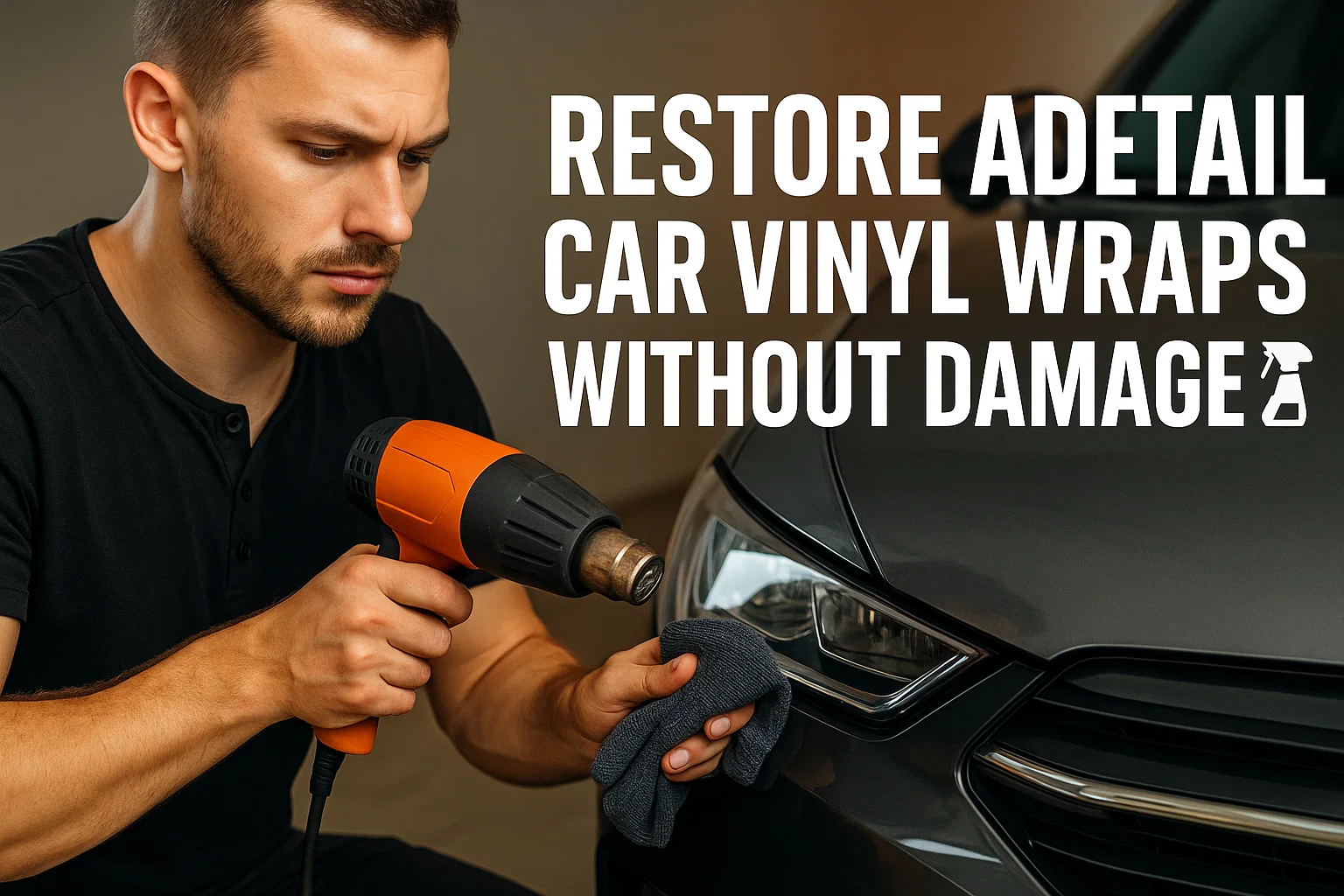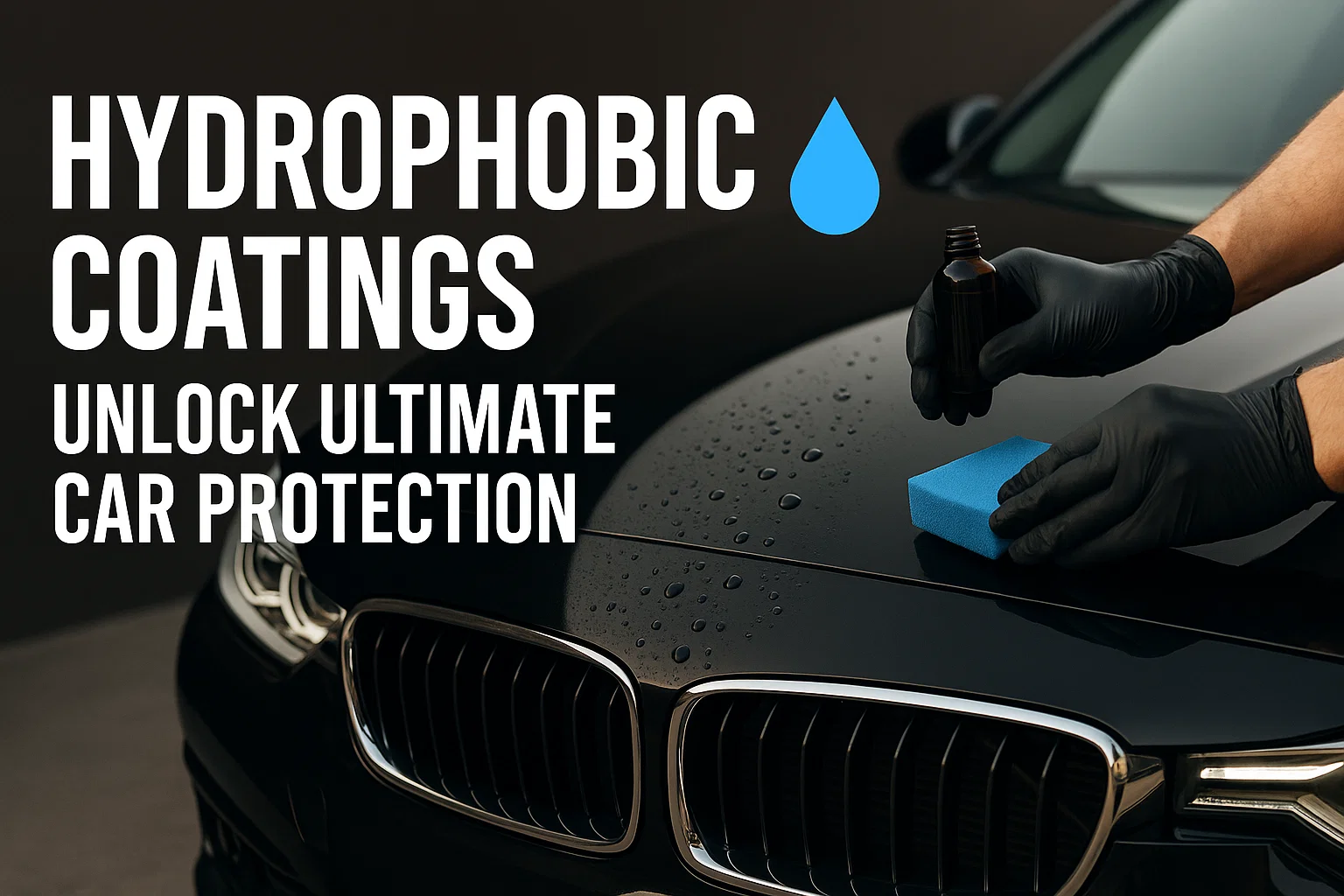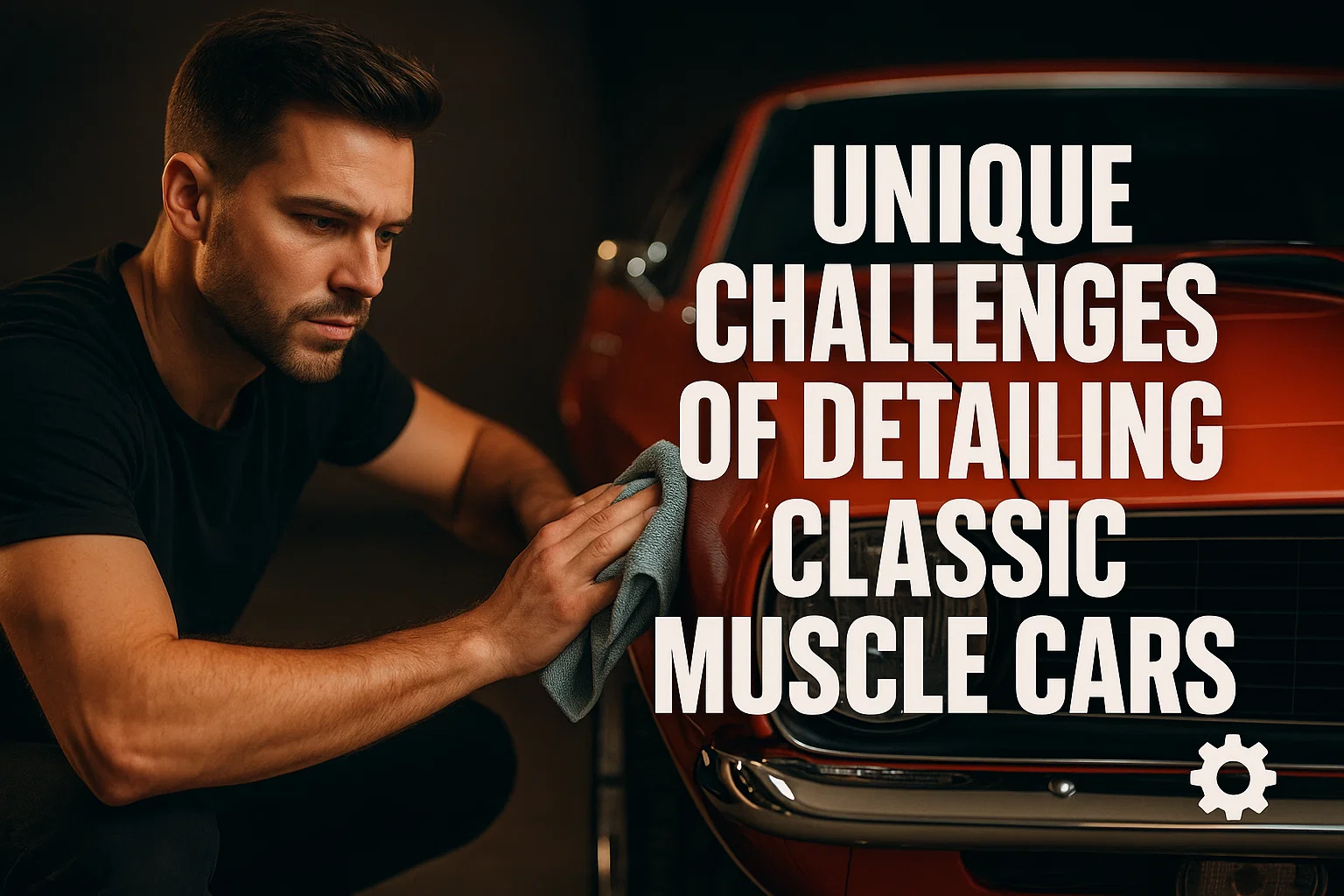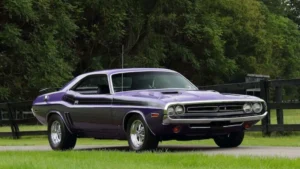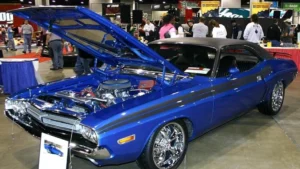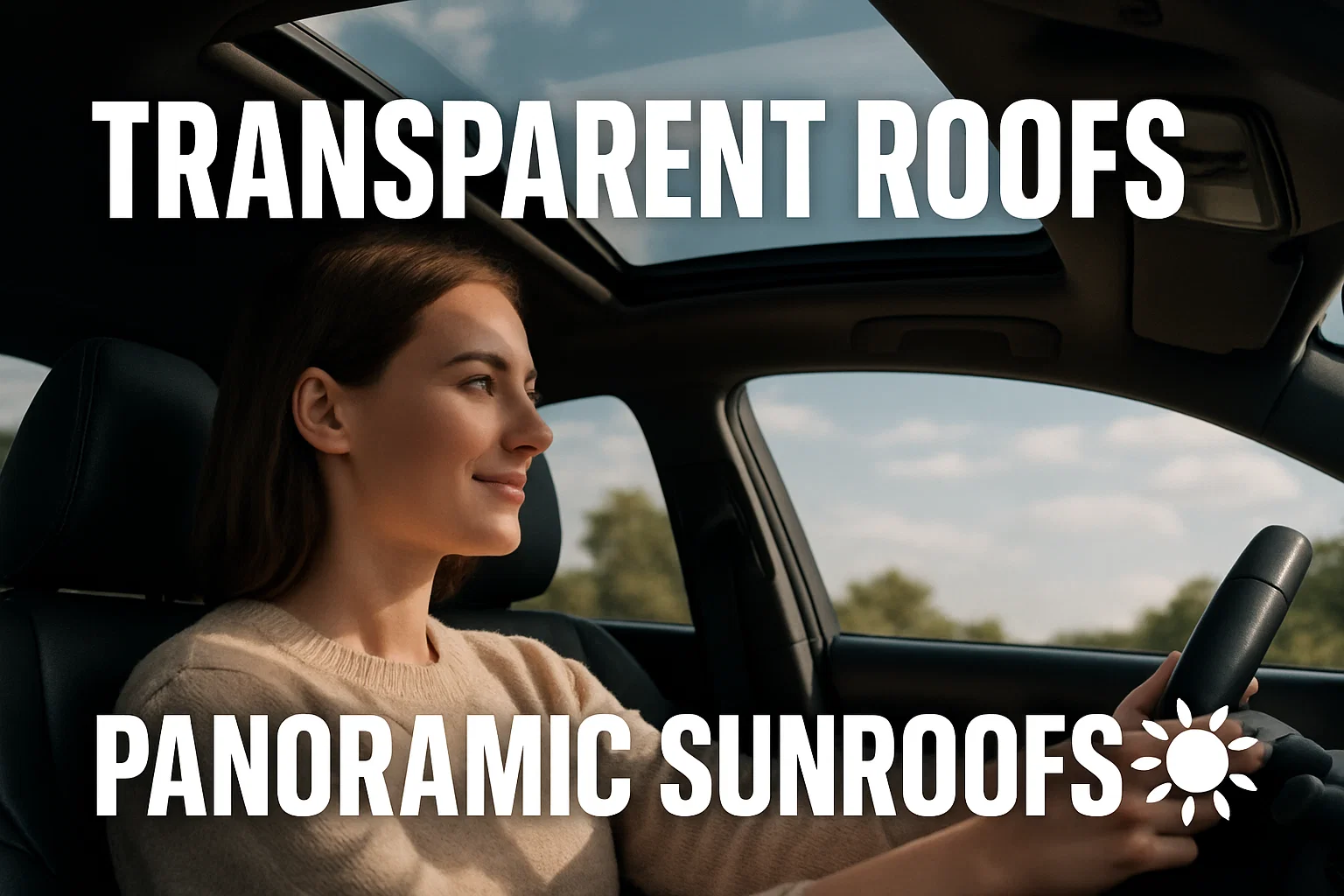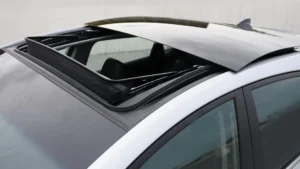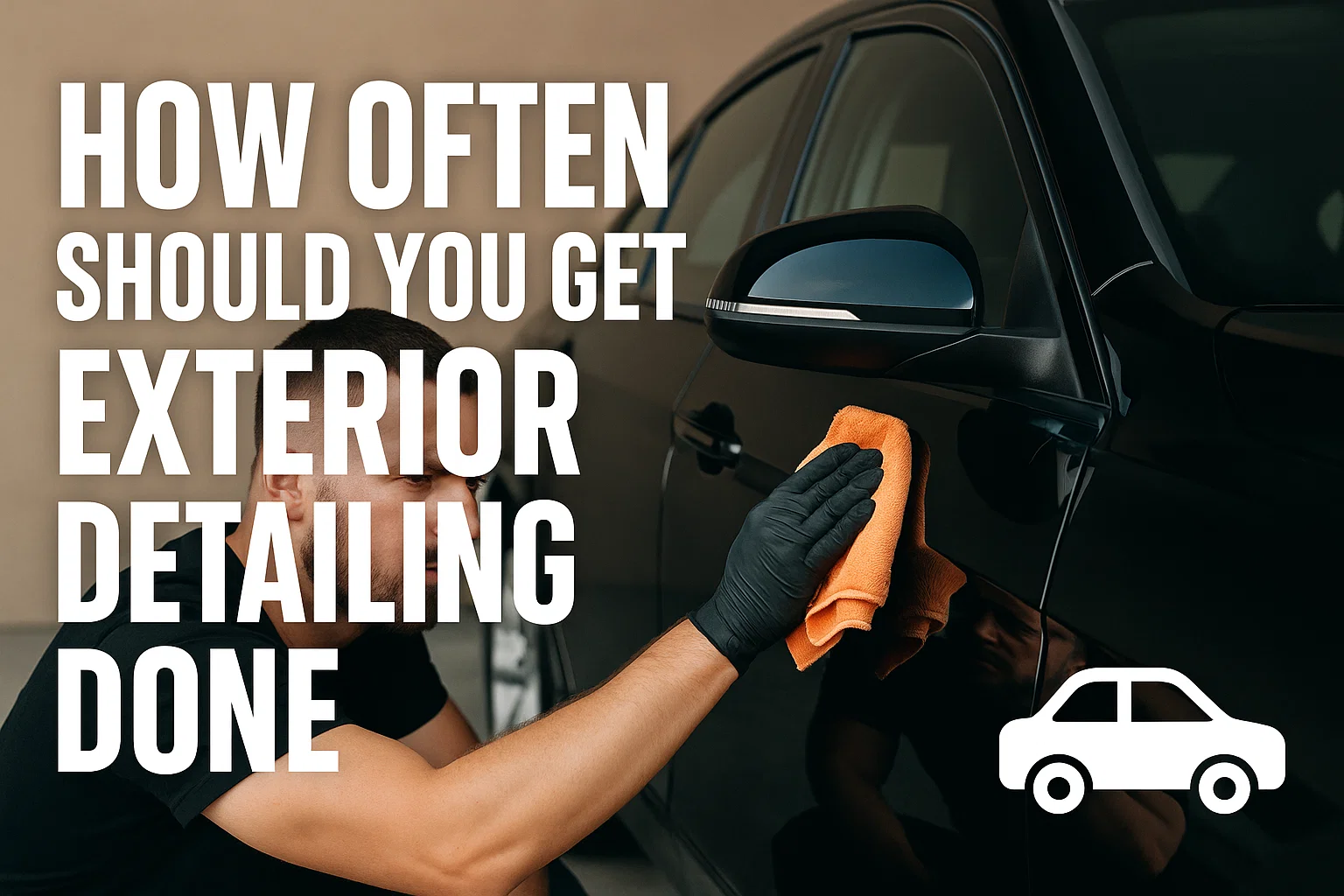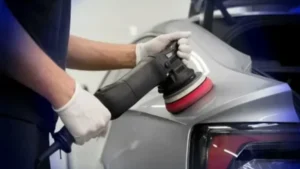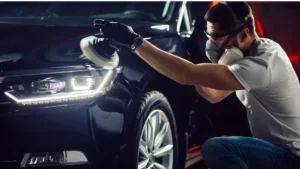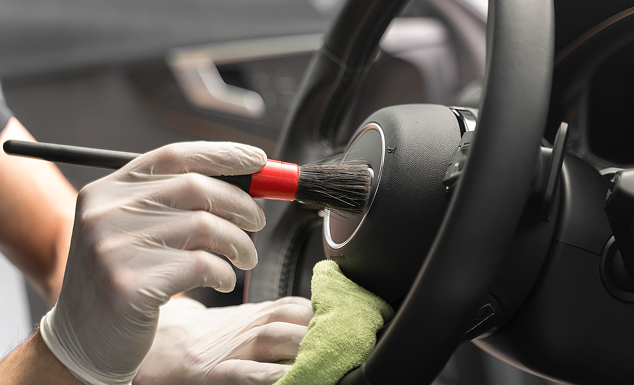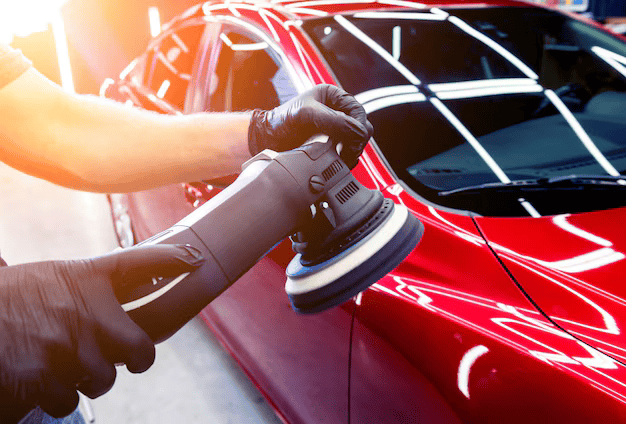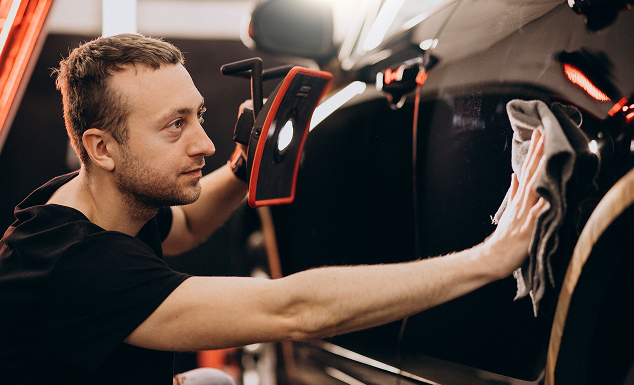Vehicle wrapping using car vinyl has been among the most common forms of vehicle customization that are used to provide vehicles with a new, trendy appearance without requiring permanent paint application. They are available in infinite colors, textures, and finishes, such as glossy and matte, even carbon fiber, and they can completely change the appearance of your car on the road.
But, although they are strong, vinyl wraps are not immortal. Its shine can be dulled or the peeling can be achieved by dirt, road salt, sun exposure, and even using a wrong cleaning method. This is why it is so crucial to know how to restore and detail car vinyl wraps without damaging them. With proper measures, you will manage to maintain your wrap in the brand-new state years on.
Understanding Vinyl Wraps and Their Care Needs
What Makes Vinyl Wraps Different From Paint?
Vinyl wraps are not as thick as traditional paint and are thick and soft films that are used on top of the surface of your car. They are attached with adhesive but not permanently as a paint can be. This increases their ease in removing or replacing. It also indicates, however, that they are more susceptible to severe chemicals, intensive scrubbing, and extreme temperatures.
Common Types of Vinyl Wraps (Glossy, Matte, Satin, Textured)
- Glossy wraps resemble the appearance of paint, however, they are easier to scratch.
- There is a modern, flat appearance of matte wraps, however, they can emphasize the appearance of stains unless maintained well.
- The satin wraps are in between matte and gloss, which provides a soft look.
- The textured wraps (such as carbon fiber or brushed metal) are used to produce individual designs but are harder to clean.
Why Proper Care Is Crucial for Longevity
It is not merely about looks when taking care of a wrap, but protection. Vinyl wraps can be used as long as 5-7 years when properly cared for. Unless they are properly taken care of, they will begin cracking, fading, or peeling in the span of a few years.
Preparing Your Vinyl Wrap for Detailing
Inspecting the Wrap for Damage or Lifting Edges
Before cleaning, you should pay special attention to the wrap. Test door, mirror, or seam edges lifting. Otherwise, the water or cleaning substances may creep under the film and result in additional peeling.
Choosing the Right Environment (Shade, Temperature)
It is important to clean your car in the shade and not direct sunlight. Vinyl is prone to heat. Concentrating on the temperature, it is best that the temperature should be 60degF-80degF to be safely cleaned.
Gathering Safe Cleaning Products and Tools
Skip harsh cleaners and instead choose:
- pH-balanced car soap
- Microfiber towels
- Soft bristle brushes
- Buckets of clean water
- Vinyl-safe cleaning sprays
Cleaning Techniques for Vinyl Wraps
Washing Without Scratching: Best Practices
Begin with a rinse to get off the loose dirt. Then apply the two bucket technique; one bucket of the soapy water and the other bucket with your towel rinsed. Always working in straight lines not a circle, will prevent swirl marks.
Safe Soaps and Solutions for Vinyl
Always make sure that you use soaps that are marked to be used in wraps. Vinyl finishes are capable of being stripped off by harsh degreasers or strong all purpose cleaners. A mild automobile shampoo is best.
Using Microfiber Towels and Soft Brushes
Microfiber towels do not cause a scratch, nor do they streak in drying up. To use a textured wrap, a soft detailing brush is used to get into the grooves and scrape dirt.
Restoring the Look of Vinyl Wraps
Removing Stubborn Stains and Contaminants
The worst enemies of vinyl are bird droppings, tree sap and road tar. Never scrub aggressively. Instead:
- Wipe using warm water or any vinyl cleaner.
- Let it soak for a few minutes.
- Wipe off using a microfiber towel.
Using Vinyl-Specific Cleaners and Restorers
Certain products are produced in order to resuscitate faded wraps. These cleaners bring color back, eliminate haze, and provide a protective coating. Always apply on a small section.
Avoiding Abrasive Polishes and Waxes
Vinyl cannot be polished or waxed regularly on a car. Wraps can be discoloured or damaged by polishes and also by petroleum based waxes. Only vinyl safe sealants will provide additional shine.
Protecting Your Vinyl Wrap After Detailing
Applying Vinyl Sealants and Protectants
Once it has been washed, apply a protective coating with vinyl sealants. These are similar to sunscreens which protect the wrap against UV rays and pollutants.
UV Protection and Weatherproofing
In case your vehicle is parked in the street frequently, you should think about a ceramic coating intended to be used on vinyl wrappings. It offers a high degree of lasting UV resistance and prevents sticking of water.
Regular Maintenance Tips to Extend Wrap Life
- Wash at least twice a month.
- Eliminate pollutants.
- Do not use brushes in automatic car wash.
- Park your automobile in a garage.
Common Mistakes That Can Damage Vinyl Wraps
Using Harsh Chemicals or Solvents
Vinyl will be chewed up by cleaners such as bleach, acetone or strong degreasers. Use soft and vinyl-safe products.
Over-Polishing or Buffing
Buffing machines have the ability to melt through the wrap. Use no power tools, but use hand-cleaning methods.
Ignoring Wrap Edges and Seams
Peel off places the first are the edges. Wipe them always, taking care to wipe in only one direction.
When to Seek Professional Help
Signs of Wrap Damage Beyond DIY Repair
When your wrap starts cracking, scratches are deep or large chunks are peeling off, then you are not going to save it through DIY cleaning. And then it’s time to take a specialist.
Benefits of Professional Detailing Services
Experts understand what products and methods are the most effective. They are also able to use advanced finishes and work on repairing it without causing more damages.
Cost vs. Value of Professional Care
Professional wrap work can be expensive initially, however, it can last years longer than a full wrap replacement, and can save you the money you would have spent to replace the wrap.
Final Checklist: Step-by-Step Vinyl Wrap Detailing
Preparation
- Inspect for damage.
- Park in a shaded, cool spot.
- Gather wrap-safe products.
Cleaning
- Rinse thoroughly.
- Use the two-bucket method.
- Wipe with microfiber towels.
Restoring
- Treat stains with vinyl cleaners.
- Revive faded sections with wrap-specific restorers.
- Avoid abrasive polishes.
Protecting
- Apply sealants or ceramic coatings.
- Store cars in a garage when possible.
- Maintain regular gentle washes.
Conclusion
Vinyl wraps All you have to do with the care of a vinyl wrap is to take good care of it. Safe washing methods to the use of protectants, it all helps to have your cars finish in great shape. You will save your investment and have years of a perfect wrap because you will not use harsh chemicals and common mistakes.
To explore more professional advice and expert services for your vehicle, visit AZ Detailer. Their team specializes in vinyl wrap care and detailing, giving your car the shine and protection it deserves. For long-lasting results and peace of mind, Izzy’s Auto Detailing is your trusted choice.
